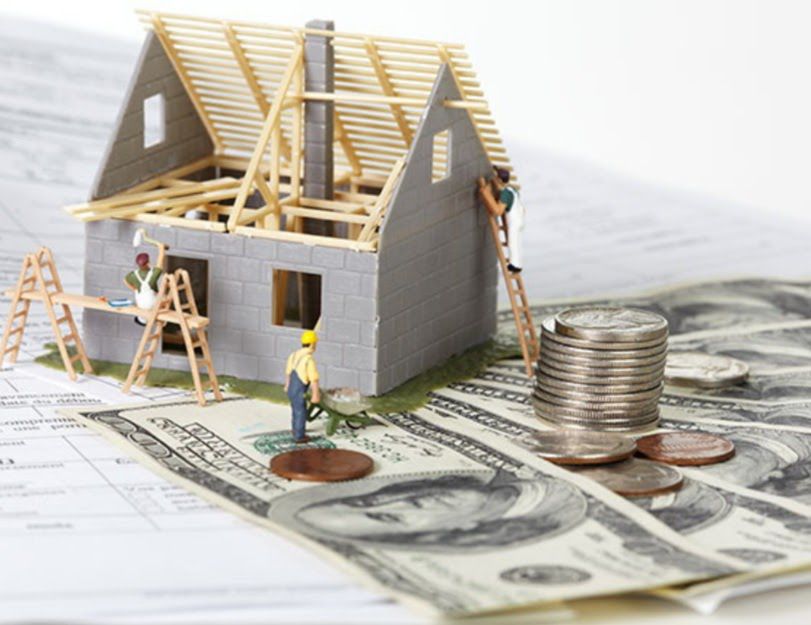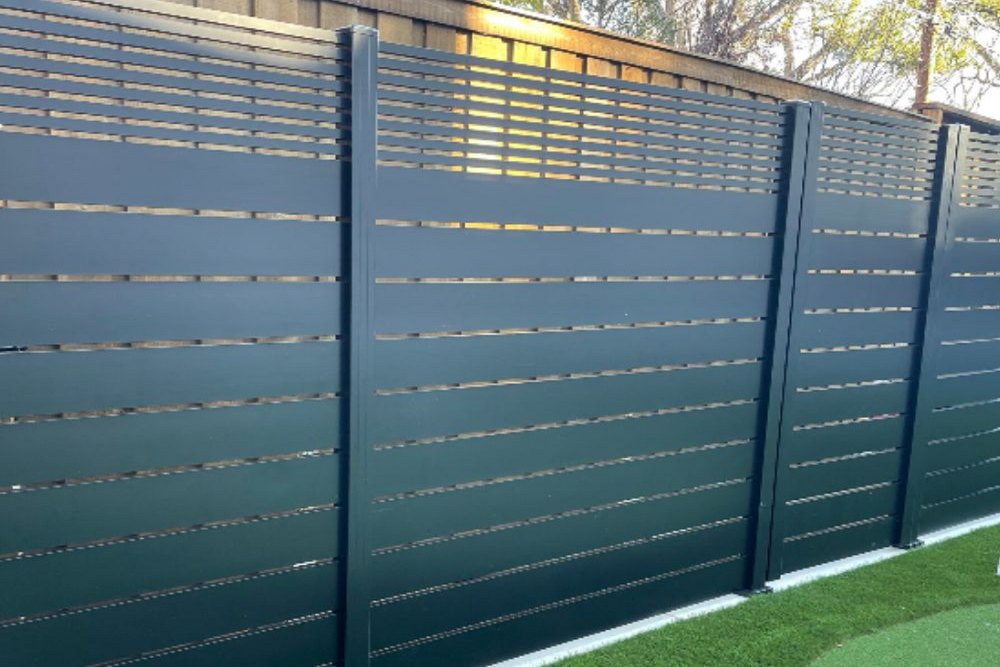HUD Home Repair Help: What You Should Know
HUD Home Repair Help: What You Should Know navigating the labyrinth of home repair can feel daunting. Yet, for many homeowners and renters, there exists a beacon of support: HUD’s suite of programs designed to furnish HUD home repair assistance. Whether your home needs a fresh coat of paint, a new roof, or critical safety upgrades, federal initiatives can transform daunting projects into achievable goals. This guide illuminates the essentials—eligibility, application steps, program nuances, and insider tips—to empower you on your renovation journey.

Why HUD Home Repair Assistance Matters
A safe, well-maintained home forms the bedrock of health, security, and community stability. Substandard housing can precipitate hazards such as mold exposure, structural collapse, and energy inefficiency. HUD’s interventions aim to:
- Enhance Safety: Eliminate lead paint, asbestos, faulty wiring, and hazardous stairs.
- Boost Energy Efficiency: Lower utility bills through insulation, window replacement, and HVAC upgrades.
- Promote Accessibility: Install ramps, widen doorways, and add grab bars for those with mobility challenges.
- Preserve Affordability: Grant funds reduce out-of-pocket expenses for low- and moderate-income households.
By mitigating repair costs, HUD home repair assistance safeguards vulnerable populations—seniors, veterans, families with young children—ensuring that homes remain habitable, healthy, and energy-efficient.
HUD’s Key Repair Programs
HUD administers several targeted programs, each with unique funding streams, eligibility criteria, and scopes of work. Understanding these distinctions helps applicants select the most suitable option.
1. Community Development Block Grant (CDBG)
- Purpose: Empower cities and counties to address local infrastructure and housing needs.
- Usage: Rehabilitation of owner-occupied homes, public facility upgrades, and neighborhood revitalization.
- Funding Flow: Allocated to municipalities, which then administer grants or low-interest loans to homeowners.
- Eligible Work: Roof repair, structural stabilization, plumbing and electrical upgrades, wheelchair ramps.
2. HOME Investment Partnerships Program
- Purpose: Increase affordable housing supply through new construction, rehabilitation, and tenant-based rental assistance.
- Usage: Rental property rehabilitation, homebuyer assistance, and owner-occupied repairs.
- Funding Flow: Administered by state and local governments, often via nonprofit partners.
- Eligible Work: Weatherization, energy retrofits, accessibility modifications, emergency repairs.
3. Section 504 Home Repair Program
- Purpose: Provide direct loans and grants to very low-income homeowners for repairs and modernization.
- Usage: Correct health and safety hazards; upgrade essential systems.
- Funding Flow: Managed by USDA Rural Development in eligible rural areas.
- Eligible Work: Roof replacement, septic system repair, accessibility modifications, electrical rewiring.
- Financial Terms:
- Loans up to $20,000 at 1% interest, repayable over 20 years.
- Grants up to $10,000 for homeowners aged 62+ to remove health and safety hazards.
4. Weatherization Assistance Program (WAP)
- Purpose: Reduce energy costs for low-income residents through home weatherization.
- Usage: Insulation, air sealing, heating system repairs, and ENERGY STAR door and window installation.
- Funding Flow: Distributed to state agencies and subgranted to local community action agencies.
- Eligible Work: Attic insulation, duct sealing, furnace tune-ups, blower door testing.
5. Housing Choice Voucher Homeownership Option
- Purpose: Enable families receiving Section 8 vouchers to use assistance for mortgage and repair costs.
- Usage: Purchase and necessary repairs of modest homes.
- Funding Flow: Administered by public housing authorities (PHAs).
- Eligible Work: Pre-purchase repairs to meet Housing Quality Standards (HQS), safety upgrades.
Eligibility Criteria: Who Qualifies?
Eligibility varies by program, but common prerequisites include:
- Income Limits: Generally restricted to households earning below 50–80% of Area Median Income (AMI).
- Property Status: Owner-occupied primary residence; some programs extend to manufactured homes.
- Geographic Bounds: Section 504 applies only in USDA-designated rural areas; CDBG and HOME serve specific municipalities.
- Age and Condition: Priority for homes built before 1978 (lead paint concerns) or with documented safety hazards.
- Special Populations: Seniors, veterans, persons with disabilities, and families with children often receive preferential consideration.
Always consult local program guidelines to verify precise thresholds and documentation requirements.
Application Roadmap: Step by Step
Securing HUD home repair assistance involves several standardized stages. Follow this roadmap for a streamlined process.
- Research Local Providers
- Visit HUD’s website or call 800-569-4287 for program contacts.
- Identify your municipality’s Community Development Office or local nonprofit partner.
- Initial Inquiry and Pre-Screening
- Provide income proof (tax returns, pay stubs) and residency documentation.
- Describe repair needs and gather preliminary contractor estimates.
- Formal Application Submission
- Complete program-specific forms, attaching income verification, property deed, and contractor bids.
- Photograph areas requiring work—structural cracks, roofing damage, electrical panels.
- Home Inspection and Work Write-Up
- A certified inspector evaluates your home, noting health, safety, and energy issues.
- The Work Write-Up delineates approved repairs and estimated costs.
- Loan/Grant Approval and Agreement Execution
- Review award letter outlining funding amount, repayment terms (if loan), and project milestones.
- Sign grant agreements and any required lien documents.
- Contractor Selection and Project Kickoff
- Hire licensed, insured contractors familiar with HUD requirements and Davis-Bacon wage rules (if applicable).
- Submit signed contracts and work schedules for HUD or PHA review.
- Ongoing Monitoring and Draw Requests
- Grant administrators may disburse funds in phases upon satisfactory completion of work segments.
- Provide progress photos, inspection reports, and invoices for each draw.
- Project Completion and Final Audit
- Final inspection verifies all work meets specifications and HUD’s standards.
- Submit final invoice and lien releases; receive any remaining funds.
- Post-Completion Support
- Some programs offer maintenance advice or referrals to weatherization follow-up.
- Keep records of all documents for future reference or audit.
Common Repair Projects Covered
Structural Stability
- Foundation Repair: Underpinning, crack injection, and drainage solutions.
- Framing Reinforcement: Sistering joists, replacing rotten sill plates, reinforcing load-bearing walls.
Roofing and Exterior
- Roof Replacement: Shingles, metal panels, flashing, gutter installation.
- Siding and Stucco Repair: Vinyl, fiber cement, or masonry patching to prevent moisture intrusion.
- Weatherproofing: Sealants, caulking, and trim replacement.
Mechanical Systems
- Electrical Upgrades: Rewiring, panel replacement, GFCI outlet installation, smoke and CO detectors.
- Plumbing Improvements: Repiping, fixture replacement, sump pump installation, septic repairs.
- HVAC Servicing: Furnace replacement, heat pump installation, duct sealing, programmable thermostats.
Lead and Hazard Mitigation
- Lead Paint Abatement: Encapsulation, enclosure, interim controls, and certified removal.
- Asbestos Remediation: Safe removal or enclosure of friable materials, professional disposal.
- Mold and Radon: Mold remediation protocols, radon testing and mitigation systems.
Accessibility and Safety
- Ramps and Handrails: ADA-compliant ramp construction, stair modifications, non-slip surfaces.
- Bathroom Modifications: Roll-in showers, grab bars, raised toilet seats, lever-handle faucets.
- Doorway Widening: Accommodate wheelchair access and mobility aids.
Energy Efficiency Retrofits
- Insulation: Attic, walls, crawlspace—blown-in cellulose, spray foam, or batt insulation.
- Window and Door Replacement: ENERGY STAR-rated vinyl, fiberglass, or wood units.
- Air Sealing: Weatherstripping, sealing attic hatches, duct sealing.
Maximizing Your Grant Dollars
Combining HUD home repair assistance with supplementary resources can amplify benefits:
- Local Nonprofit Partnerships: ReStore outlets, community action agencies, and housing coalitions may offer matching funds or discounted materials.
- State Energy Rebates: NYSERDA incentives for insulation, solar panels, and geothermal systems.
- Low-Interest Loans: USDA Section 504 loans or state revolving funds to cover overages beyond grant caps.
- Tax Credits: Federal Residential Energy Efficiency Property Credit for solar and wind installations.
A layered financing approach minimizes out-of-pocket expenses while delivering comprehensive upgrades.
Tips for a Winning Application
- Early Engagement: Contact program managers well before deadlines to clarify nuances.
- Detailed Estimates: Secure itemized bids from reputable contractors, aligning scopes with HUD’s Work Write-Up.
- Robust Documentation: Include photographs, inspection reports, and narratives that underscore urgency.
- Clear Communication: Respond promptly to reviewer queries and keep channels open throughout the project.
- Compliance Vigilance: Adhere to Davis-Bacon wage requirements, local building codes, and HUD procurement standards.
A meticulous, proactive stance often expedites approvals and averts costly delays.
Overcoming Common Pitfalls
- Incomplete Applications: Use checklists to ensure every form, signature, and attachment is present.
- Unauthorized Work: Never commence repairs prior to official award and contract execution.
- Scope Creep: Resist adding unapproved upgrades mid-project; negotiate amendments if needs shift.
- Contractor Noncompliance: Verify licenses, insurance, and familiarity with federal requirements before signing.
- Poor Record-Keeping: Maintain digital and hard-copy files of all correspondence, invoices, and inspections.
Anticipating challenges and instituting safeguards preserves both timelines and budgets.
Real-World Success Stories
The Thompson Family’s Safety Overhaul
Facing antiquated knob-and-tube wiring and a leaky roof, the Thompson family risked electrical fires and water damage. Through their city’s CDBG program, they accessed $15,000 in HUD home repair assistance. Licensed electricians rewired the home, while certified roofers installed new shingles and gutters. Today, the Thompsons enjoy peace of mind—and a 25% reduction in energy costs.
Mrs. Alvarez’s Accessibility Transformation
A fall in her bathroom left Mrs. Alvarez, an 82-year-old widow, fearful of returning home. Section 504 grants of $10,000 funded a ramp installation, walk-in shower, slip-resistant flooring, and strategically placed grab bars. The enhancements restored her independence, proving that HUD home repair assistance can literally change lives.
The Broader Impact: Community Revitalization
Individual repairs ripple outward, fostering neighborhood uplift:
- Property Value Appreciation: Well-maintained homes elevate nearby values, attracting further investment.
- Public Health Improvements: Mitigating lead, mold, and structural hazards curbs emergency medical costs.
- Economic Stimulus: Construction jobs, supply-chain demands, and contractor revenues invigorate local economies.
- Social Cohesion: Collaborative grant processes unite civic leaders, nonprofits, and residents around shared goals.
By harnessing HUD’s leverage, communities cultivate resilient, vibrant neighborhoods.
Looking Ahead: Innovations and Future Directions
As housing needs evolve, HUD programs adapt:
- Digital Portals: Online applications with real-time tracking promote transparency and efficiency.
- Performance-Based Incentives: Future grants may tie funding to measurable energy savings or health outcomes.
- Climate Resilience Upgrades: Storm-resistant roofing, floodproofing, and passive cooling systems will gain prominence.
- Expanded Eligibility: Middle-income pilot streams could democratize HUD home repair assistance for a broader swath of homeowners.
- Integrated Community Planning: Participatory budgeting and neighborhood councils will guide funding priorities.
Staying attuned to these trends positions applicants at the vanguard of housing innovation.
HUD home repair assistance serves as a transformative catalyst—uplifting individual households and entire communities. Armed with knowledge of program options, eligibility parameters, and application best practices, homeowners can confidently embark on renovation endeavors. From structural fortification and energy retrofits to accessibility enhancements and hazard abatement, federal grants unlock possibilities that once seemed remote. Embrace these opportunities. Chart your course through HUD’s repair landscape. And witness as your home evolves into a safer, healthier, and more efficient haven.








